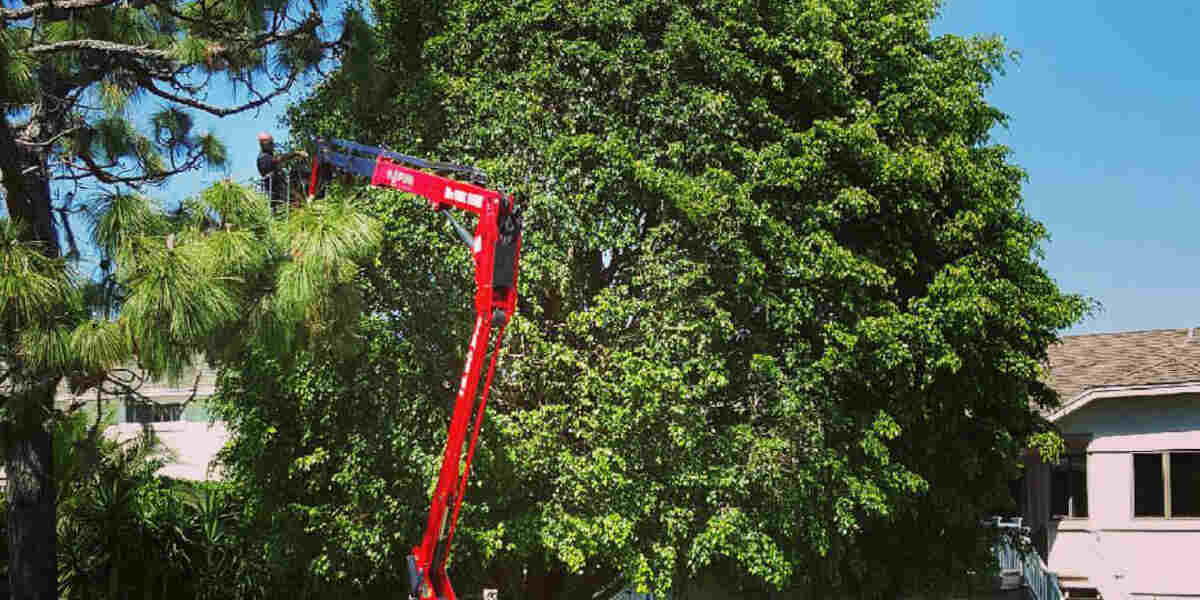Do you know how to identify a dangerous tree? If you own property with trees dotting your yard, you should learn. A decayed tree poses potentially lethal risks to people and property alike.
At Ken’s Tree Service, we help homeowners eliminate tree hazards with our tree removal service in Tarpon Springs, FL. So we created a brief guide on identifying dying trees using our wisdom below.

Why You Should Inspect Your Trees
Although you should occasionally schedule professional inspection services, you can provide adequate checkups in between visits from an arborist. Trees have a language that people can read when they pay attention. A sickly tree often displays some tell-tale signs that it’s on its last root.
Inspecting your own trees occasionally could save your home, vehicle, or family members from extensive damage or injury. If you pick up on a dangerous tree in your yard, you keep your loved ones and other assets away from it. You’ll also be more likely to reach emergency services in enough time for safe tree removal.
Dangerous Tree Damage
Trees suffer illnesses and injuries just like people do. When a tree sustains a severe injury, it too can catch an infection or infestation. Explore the different types of tree damage that make for a dangerous tree below.
Root Damage
Damaged roots are one of the most obvious indicators of potential danger. Study the base of the tree for signals of root damage like:
- Disturbed or cracked dirt
- Ample fungus present around the base
- The trunk base leaning to one side
These symptoms often mean that your tree’s roots don’t have the strength to keep the trunk rooted to the ground.
Storm Damage
Another common type of damage comes from inclement weather. Storms can bring flash floods, high winds, and lightning. After an intense storm tears through your area, check on your trees when the worst weather passes.
Lightning-struck trees are often the most obvious. You might observe charred wood or a split running down the entire tree. You can’t salvage most trees after a lightning strike.
Sickly Branches
Sometimes, a tree first starts showing signs of illness in its branches. Check the treetops for large patches of wilted leaves or bare limbs. These symptoms signal a serious illness or infestation that could spread to and kill other trees.
Double Trouble
Some trees split in two early in their growth. This results in two trees sharing one trunk base. While a two-headed tree isn’t always dangerous, certain types indicate trouble ahead.
If the space where the trees meet forms a U-shape, this double tree is safe to stay. But when the meeting point forms a tight, pointed V-shape, call an arborist.
Learn from Expert Arborists at Ken’s Tree Service
A bigger tree means a bigger threat. A sick or damaged tree over ten feet tall is a dangerous tree. Let our professionals handle it. At Ken’s Tree Service, we know the best way to stake a tree, and how to tell if it is diseased, infested, or otherwise injured. We’ll help you avoid hazards and maintain safe and healthy trees. Call us at (727) 934-5804 to learn more!
